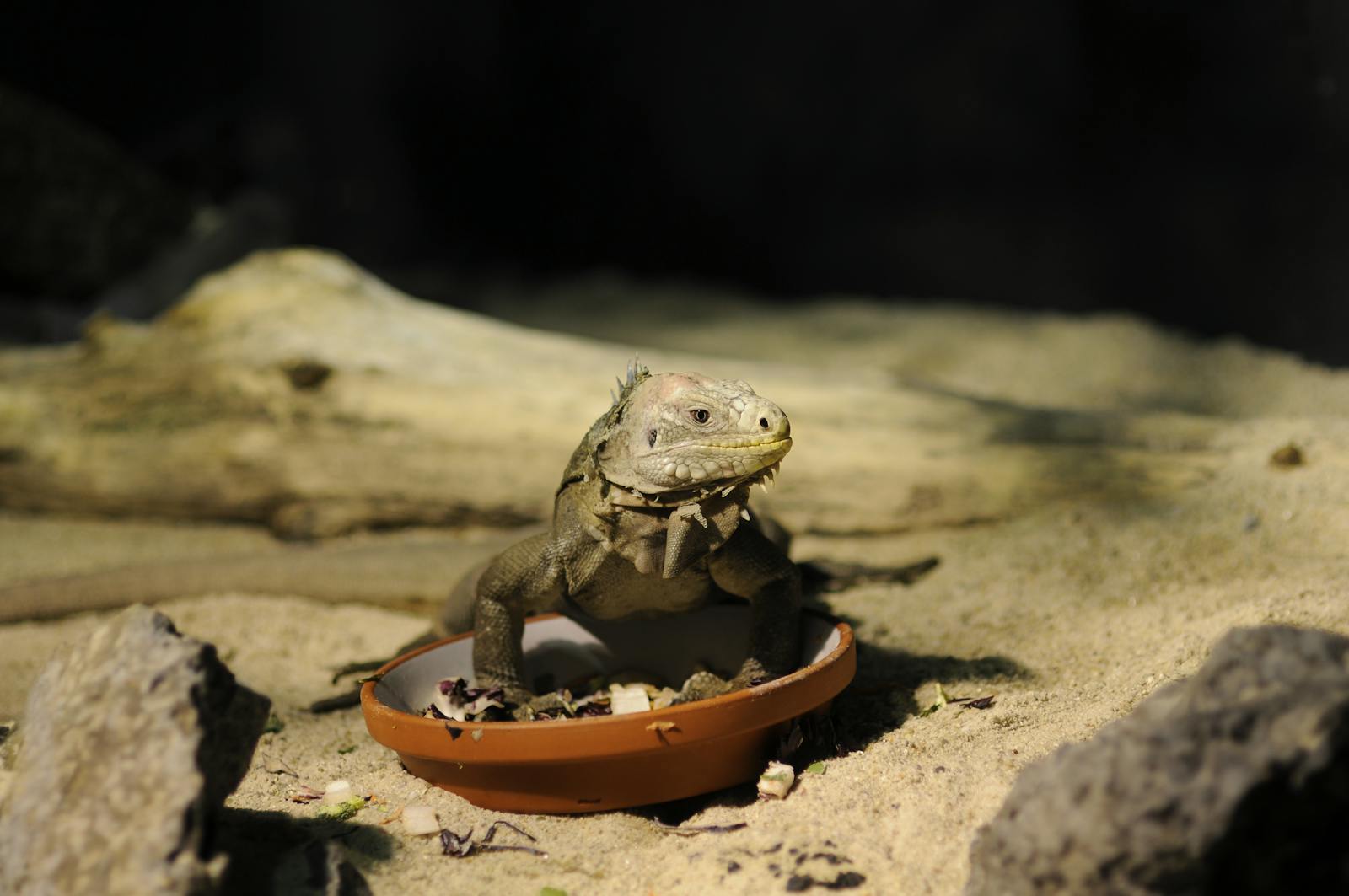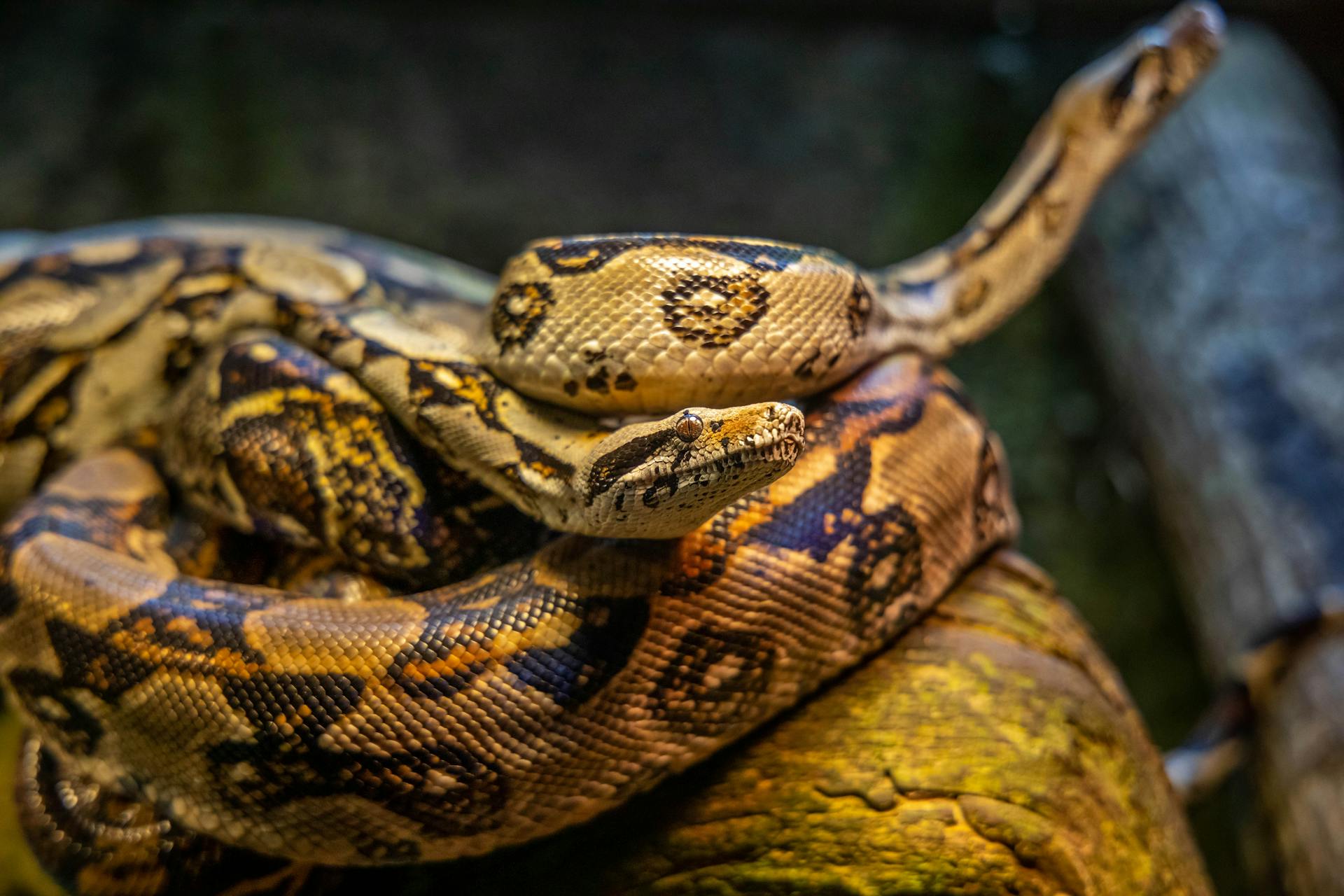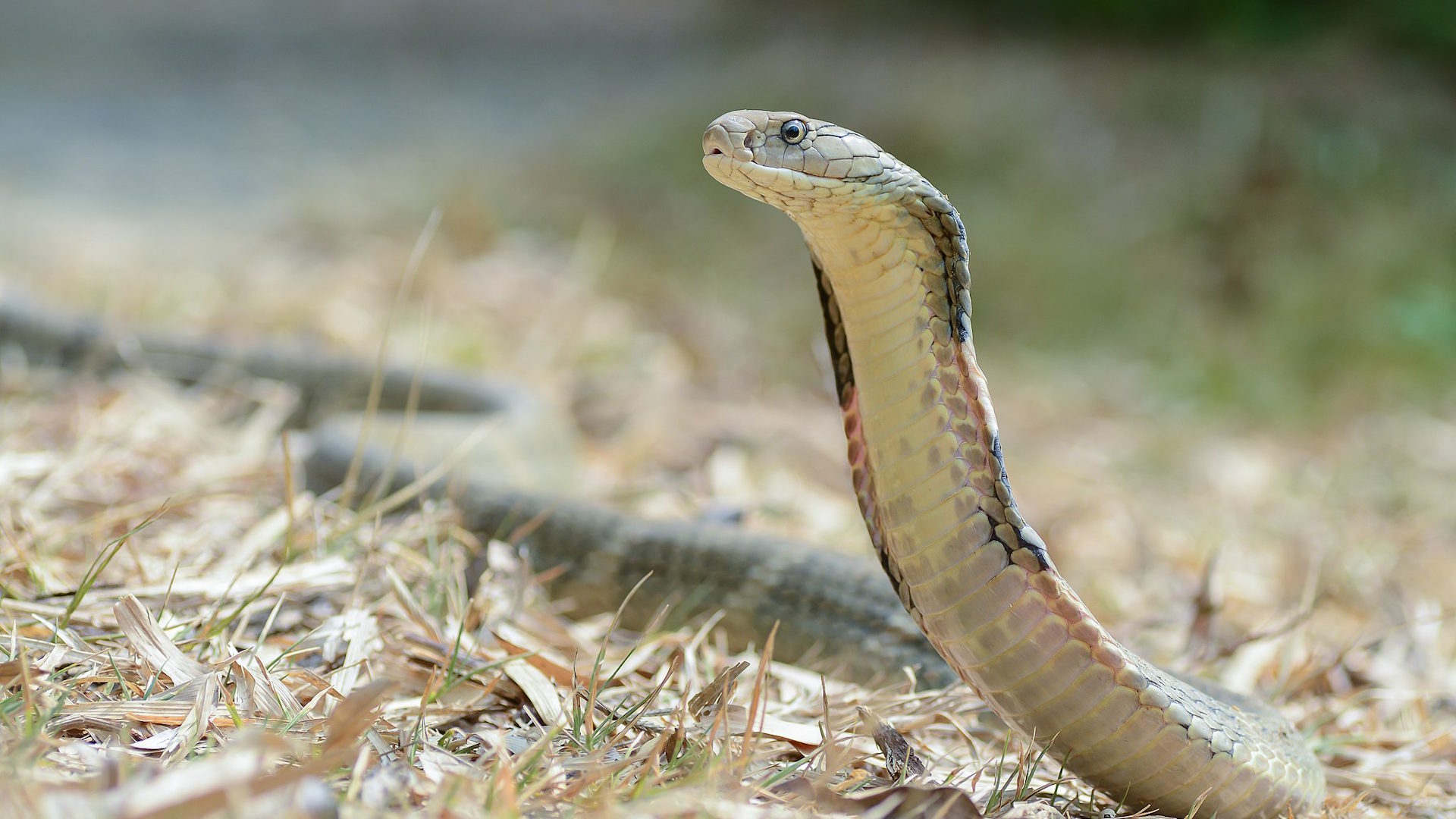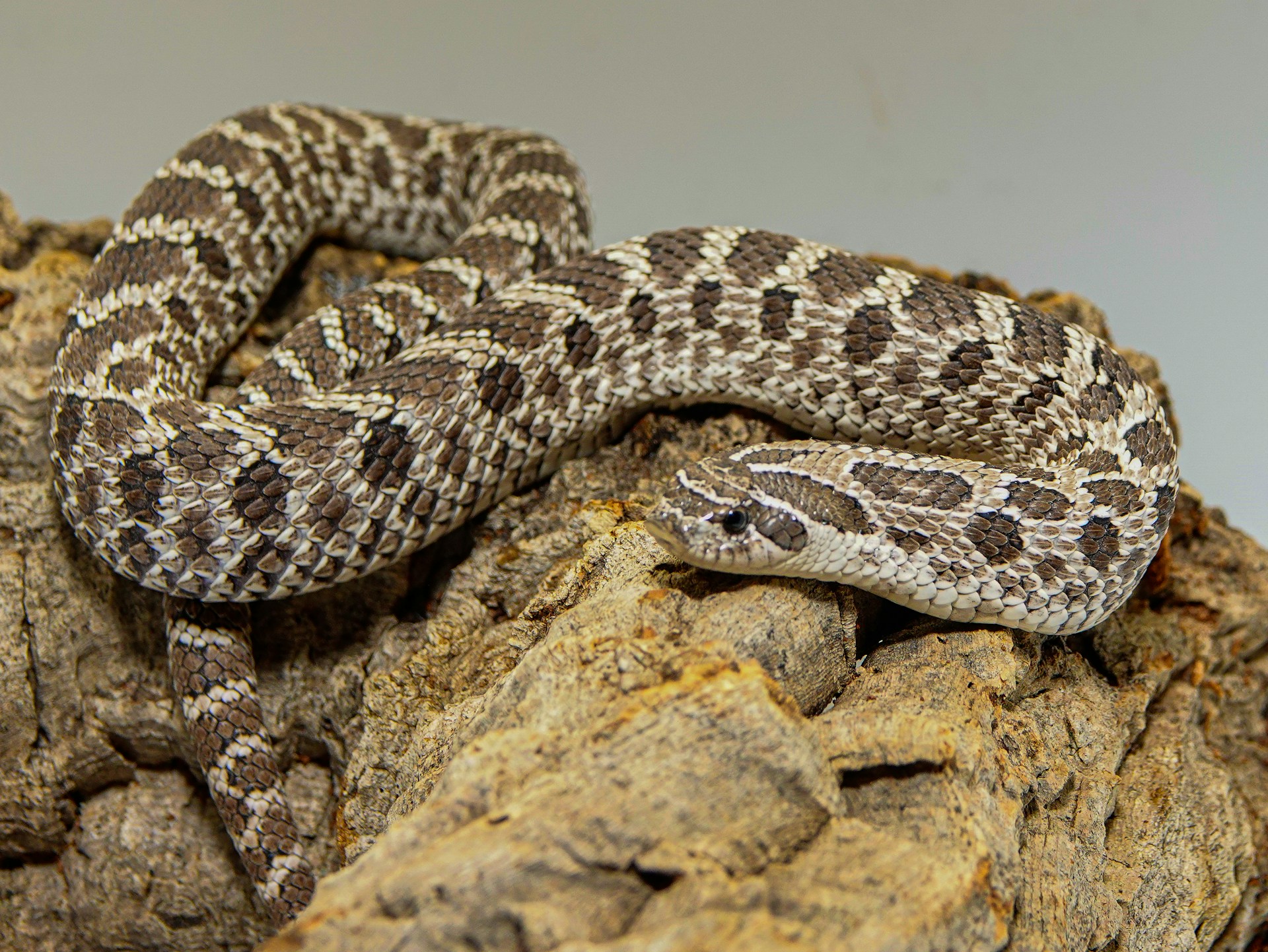When it comes to keeping pet lizards healthy and thriving, proper UVB lighting is not just an optional accessory—it’s an absolute necessity. Unlike humans who can synthesize vitamin D from food alone, most reptiles require ultraviolet B radiation to properly metabolize calcium and maintain healthy bodily functions. Without adequate UVB exposure, pet lizards can develop debilitating and potentially fatal conditions like metabolic bone disease. The right UVB lighting setup can mean the difference between a sickly, short-lived pet and a vibrant, active lizard that thrives for years. Let’s explore the critical importance of UVB lighting for pet lizards and how to choose the best options for your scaly companion.
Understanding UVB and Why Lizards Need It
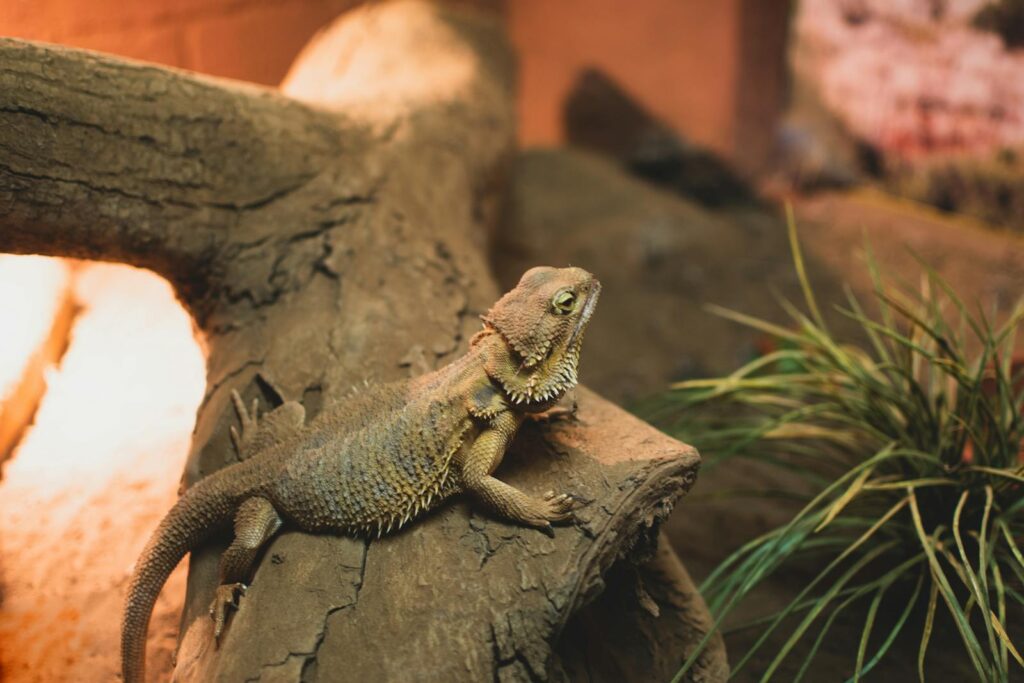
UVB (ultraviolet B) radiation is a specific wavelength of light that enables reptiles to synthesize vitamin D3 in their skin. This process is crucial because vitamin D3 allows lizards to properly absorb and metabolize calcium, which is essential for bone development, muscle function, and nervous system health. In the wild, lizards obtain UVB naturally from sunlight, basking during specific times of day to regulate their exposure. Domestic lizards, however, live in enclosures that block most or all natural UVB, even when placed near windows (as glass filters out UVB rays). Without artificial UVB supplementation, pet lizards will gradually develop calcium deficiencies regardless of how much calcium supplement is added to their diet. The relationship between UVB, vitamin D3, and calcium absorption represents one of the most fundamental aspects of reptile physiology that keepers must understand.
The Consequences of Inadequate UVB Exposure
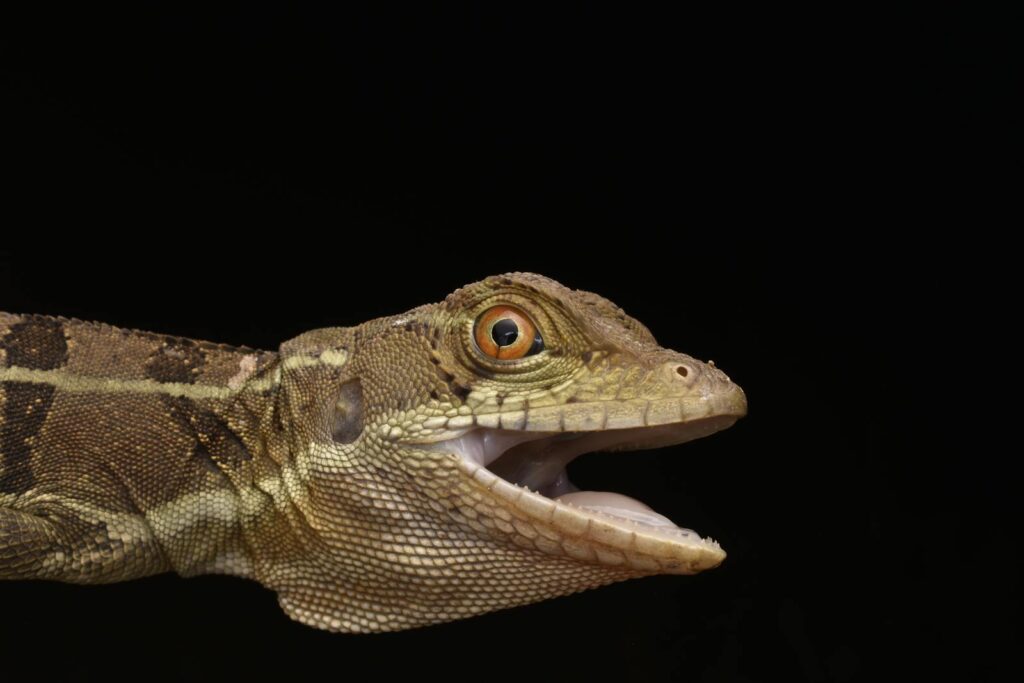
Insufficient UVB lighting leads to a cascade of health problems in pet lizards, with metabolic bone disease (MBD) being the most common and severe consequence. MBD causes bones to become soft and deformed, resulting in symptoms like twisted limbs, softened jaw, kinked spine, and tremors. Advanced cases can lead to pathological fractures, paralysis, and eventually death. Beyond MBD, inadequate UVB exposure can compromise a lizard’s immune system, making them more susceptible to infections and parasitic infestations. Many lizard keepers have observed behavioral changes in UVB-deprived reptiles, including lethargy, decreased appetite, and reduced reproductive success. Perhaps most troubling is that by the time visible symptoms appear, the lizard has already been suffering from nutritional deficiencies for months, making prevention through proper lighting absolutely critical.
Different Lizard Species Have Different UVB Requirements
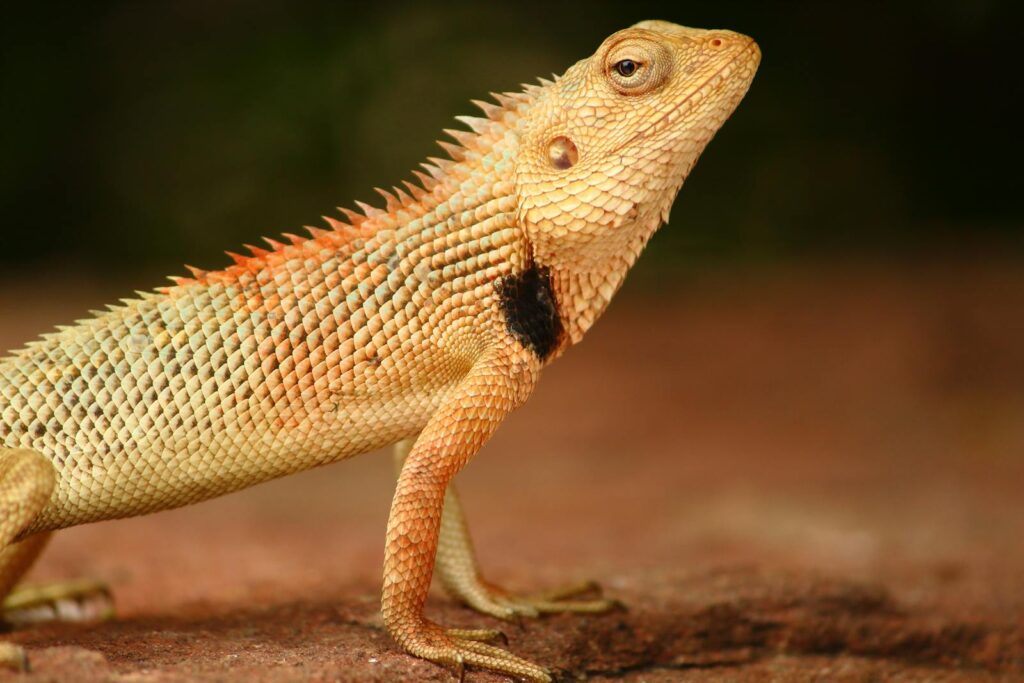
Not all lizards require the same intensity or duration of UVB exposure, with requirements varying significantly based on their natural habitat and behavior. Desert-dwelling species like bearded dragons and uromastyx have evolved under intense sunlight conditions and require high UVB outputs (often in the 10-12% range or higher). Tropical forest dwellers like crested geckos and chameleons typically need moderate UVB levels as they would naturally receive filtered sunlight through canopy leaves. Some nocturnal species like leopard geckos were once thought to need minimal UVB, but more recent research suggests they benefit from low to moderate levels despite being primarily active at night. When considering a UVB setup, it’s essential to research the specific requirements of your lizard species rather than applying a one-size-fits-all approach. Many reptile health issues stem from incorrect UVB provision that doesn’t match the species’ evolutionary adaptations.
Types of UVB Bulbs: Tubes vs. Compact Fluorescents

Two main types of UVB bulbs dominate the reptile lighting market: linear tube fluorescents and compact fluorescent bulbs (often called CFLs). Tube fluorescents provide more even UVB distribution across the enclosure and are generally considered superior for larger habitats or for species with high UVB requirements. These tubes come in various lengths (from 12 to 48 inches) and are typically mounted on the inside of the tank lid or on fixtures above screen tops. Compact fluorescent UVB bulbs screw into standard fixtures and emit UVB in a more concentrated pattern, making them suitable for smaller enclosures or as a secondary UVB source. While CFLs are more convenient and often less expensive initially, they typically have a smaller effective range and may create “hot spots” of UVB rather than an even distribution. For most medium to large lizard species, reptile specialists generally recommend tube fixtures as the primary UVB source for more consistent coverage.
Mercury Vapor Bulbs: All-in-One Solutions
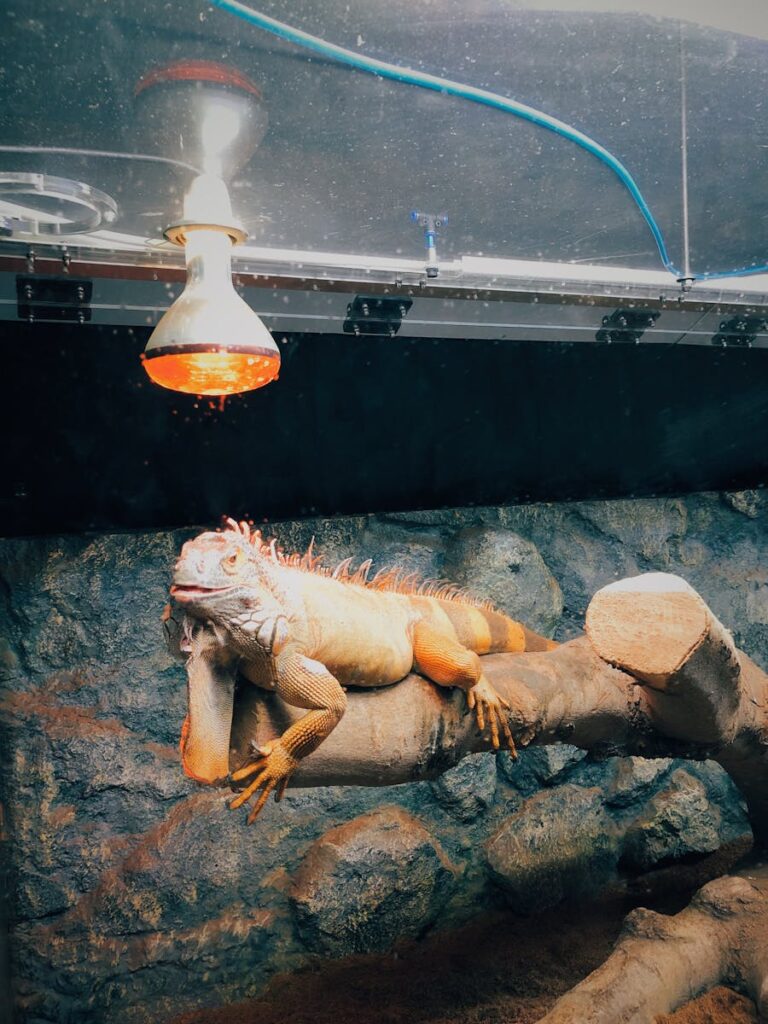
Mercury vapor bulbs represent a comprehensive lighting solution, providing UVB, UVA, visible light, and heat all from a single source. These self-ballasted bulbs screw into ceramic heat lamp fixtures and emit intense UVB radiation along with significant heat, making them popular for species with high basking requirements like bearded dragons and uromastyx. The main advantage of mercury vapor bulbs is their simplicity—they eliminate the need for separate heat and UVB fixtures while producing a more focused “basking zone” that mimics natural sunlight. However, these benefits come with several caveats: mercury vapor bulbs cannot be connected to thermostats or dimmers (which would damage them), they provide less even UVB distribution compared to tubes, and they generate considerable heat that may overwhelm smaller enclosures. They also tend to be more expensive initially and throughout their lifespan, as they generally need replacement every 6-12 months to maintain adequate UVB output.
T5 HO vs. T8 Fluorescent Tubes: What’s the Difference?
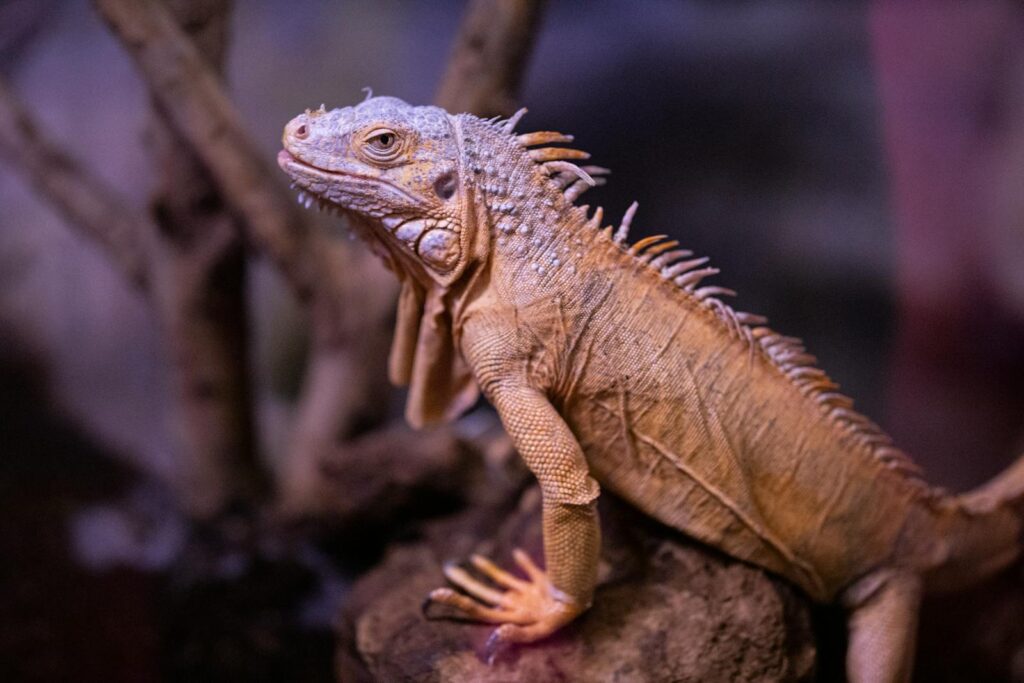
When selecting tube fluorescent UVB lighting, keepers face a choice between T8 and T5 High Output (HO) technologies, which differ significantly in strength and efficiency. T5 HO bulbs are slimmer but produce a much stronger UVB output—typically 2-3 times more powerful than their T8 counterparts of the same percentage rating. This higher output means T5 fixtures can be mounted higher above the enclosure (up to 12-15 inches for some models) while still providing effective UVB to the basking area. T8 bulbs produce less intense UVB and generally need to be positioned within 6-8 inches of the basking area to be effective, making them suitable only for certain setup configurations. The T5 HO systems typically have a longer effective lifespan, maintaining adequate UVB output for 9-12 months versus the 6-month replacement schedule recommended for T8 bulbs. While T5 systems cost more initially, their superior performance and longer replacement interval make them more economical and effective for serious reptile keepers in the long run.
UVB Percentage Ratings Explained
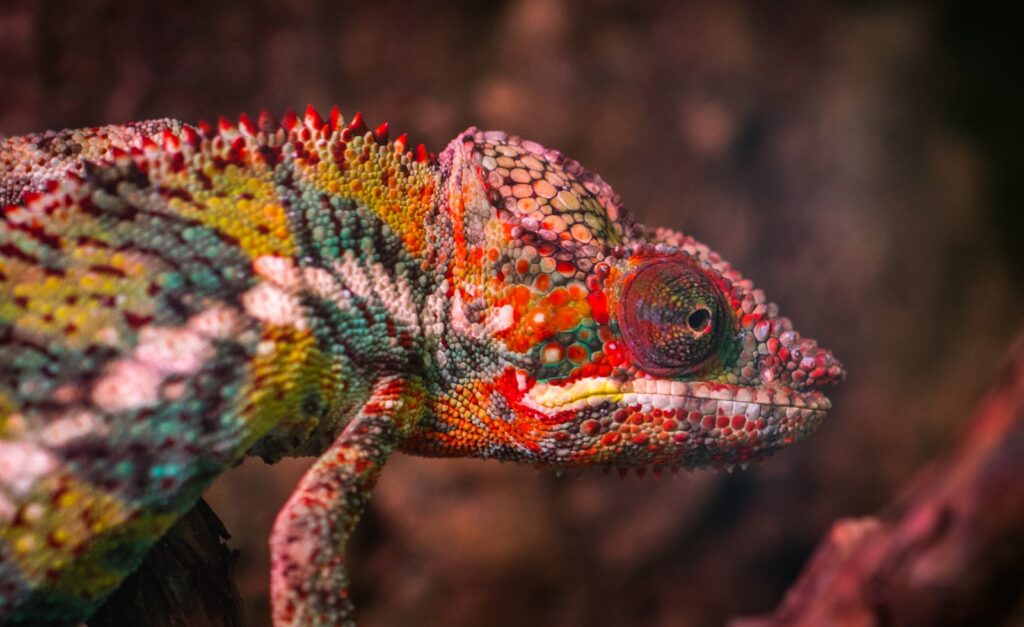
UVB bulbs come with percentage ratings (such as 5.0, 10.0, or 12.0) that indicate their UVB output intensity, though these numbers can be confusing without proper context. The percentage roughly corresponds to the proportion of UVB wavelengths in the total light output, with higher numbers producing stronger UVB radiation. Desert species typically require bulbs rated 10.0-12.0, while forest dwellers might do well with 5.0-7.0 ratings, and species with minimal requirements might use 2.0-5.0 bulbs. However, these numbers aren’t standardized across manufacturers, and a 10.0 bulb from one brand might not produce the same UVB intensity as a 10.0 from another. Additionally, the actual UVB exposure your lizard receives depends on several factors beyond the percentage rating, including the distance from the bulb to the basking spot, whether the light passes through a screen (which can filter 30-50% of UVB), and the age of the bulb. Rather than relying solely on the percentage rating, serious keepers often use UVB meters to measure the actual radiation levels in their lizards’ habitats.
Proper Placement and Distances for UVB Lighting
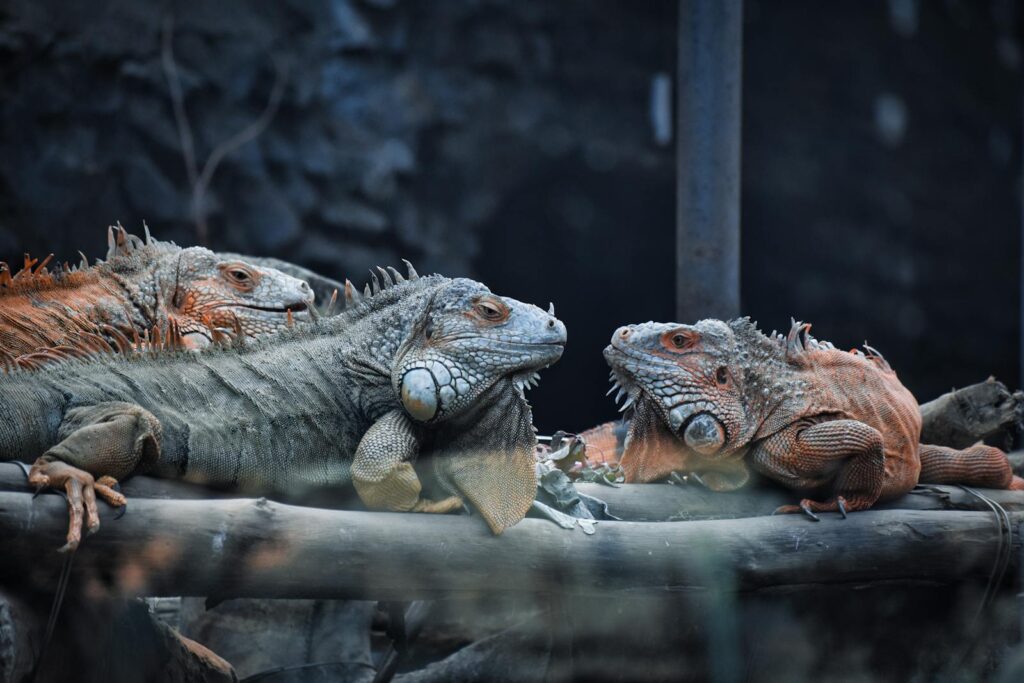
Correct positioning of UVB lighting is crucial for ensuring your lizard receives appropriate exposure without risk of overexposure or underexposure. As a general guideline, T8 fluorescent tubes should be placed 6-8 inches from the basking area, while more powerful T5 HO tubes can be effective at distances of 12-15 inches. Mercury vapor bulbs typically need to be placed 12-24 inches away from the basking spot, depending on their wattage and the species’ requirements. UVB effectiveness decreases exponentially with distance, so even a few extra inches can significantly reduce the radiation reaching your pet. Proper mounting also requires creating a UVB gradient throughout the enclosure, allowing the lizard to self-regulate its exposure by moving closer to or further from the source. Screen tops can filter 30-50% of UVB radiation, so distances should be adjusted accordingly when lighting is placed above mesh. For optimal health benefits, the UVB source should overlap with the heat basking spot, as lizards naturally associate warmth and light, and the higher body temperature helps them metabolize vitamin D more efficiently.
How Often to Replace UVB Bulbs
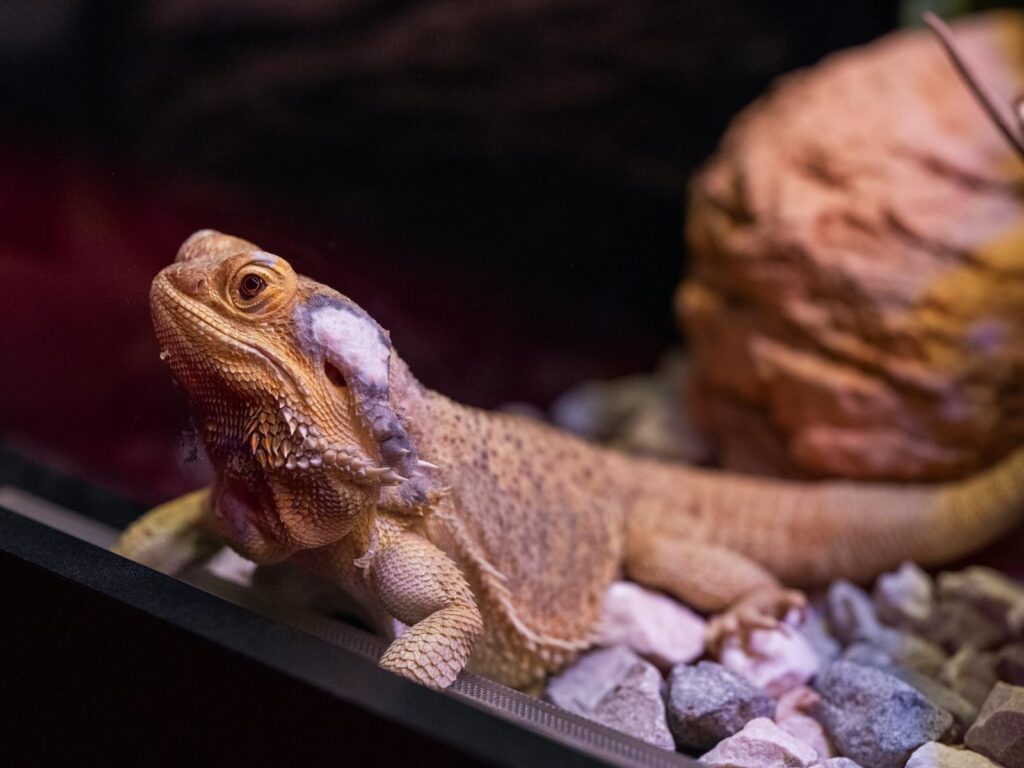
One of the most common mistakes in reptile keeping is failing to replace UVB bulbs on schedule, as most bulbs continue producing visible light long after their UVB output has deteriorated below useful levels. T8 fluorescent tubes typically need replacement every 6 months, while higher-quality T5 HO tubes generally maintain adequate output for 9-12 months. Mercury vapor bulbs usually last 6-12 months before UVB output diminishes significantly. Many keepers mark their calendars or set digital reminders to ensure timely replacement, as there are usually no visible signs when a bulb’s UVB production declines. Some dedicated reptile enthusiasts invest in UVB meters (like the Solarmeter 6.5) to precisely monitor radiation levels and determine replacement timing based on actual measurements rather than time estimates. The date of installation should be written directly on the bulb or fixture with a permanent marker to avoid confusion, especially for multi-lizard households with several UVB setups. While replacing bulbs that still produce visible light may seem wasteful, it’s a necessary expense for maintaining proper lizard health and preventing costly veterinary interventions.
Top UVB Brands and Product Recommendations
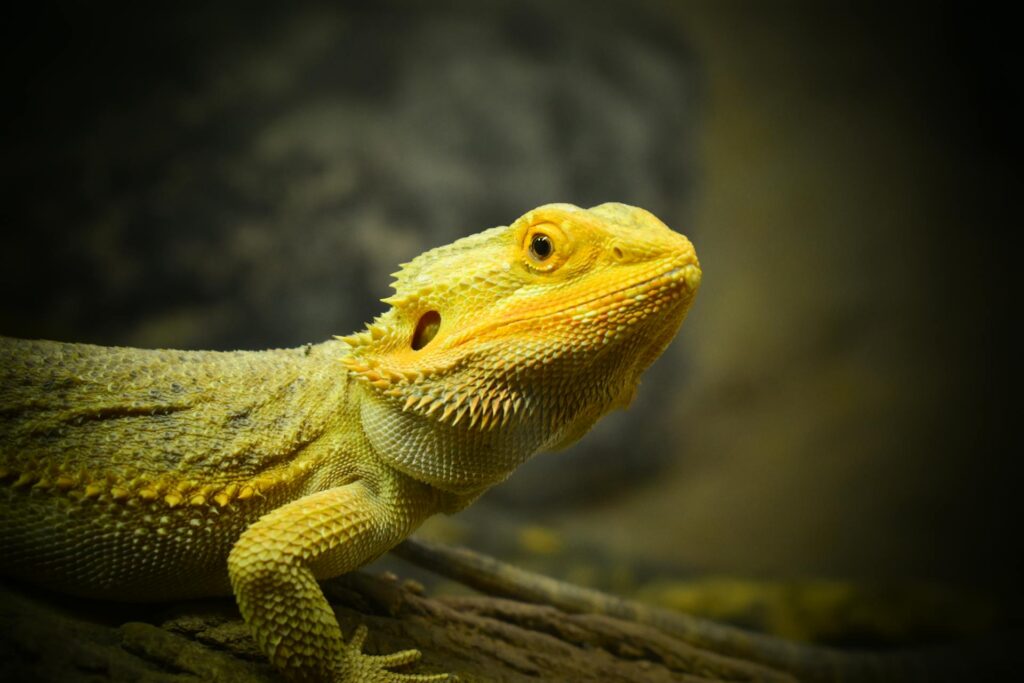
Several manufacturers have established strong reputations for reliable UVB products designed specifically for reptile care. Zoo Med’s ReptiSun series represents one of the most widely trusted lines, with their 10.0 T5 HO tube being particularly popular for high-UVB species like bearded dragons. Arcadia Reptile, a UK-based company now available in North America, produces high-quality ProT5 and D3+ Basking Lamps that many professional keepers consider the gold standard, though they command premium prices. For mercury vapor options, the Zoo Med PowerSun and Mega-Ray bulbs have demonstrated consistently reliable UVB output in independent testing. Budget-conscious keepers often turn to brands like Reptisun or Zilla for more affordable options, though these may require more frequent replacement than premium alternatives. When selecting fixtures, it’s worth investing in proper reflective T5 HO fixtures from brands like Arcadia or Zoo Med rather than using standard aquarium hoods, as the specialized reflectors can increase UVB output by 30-40%. For keepers housing multiple species with different requirements, the Arcadia ShadeDweller provides effective low-level UVB perfect for species with minimal needs.
Measuring UVB: Using a UV Index Meter
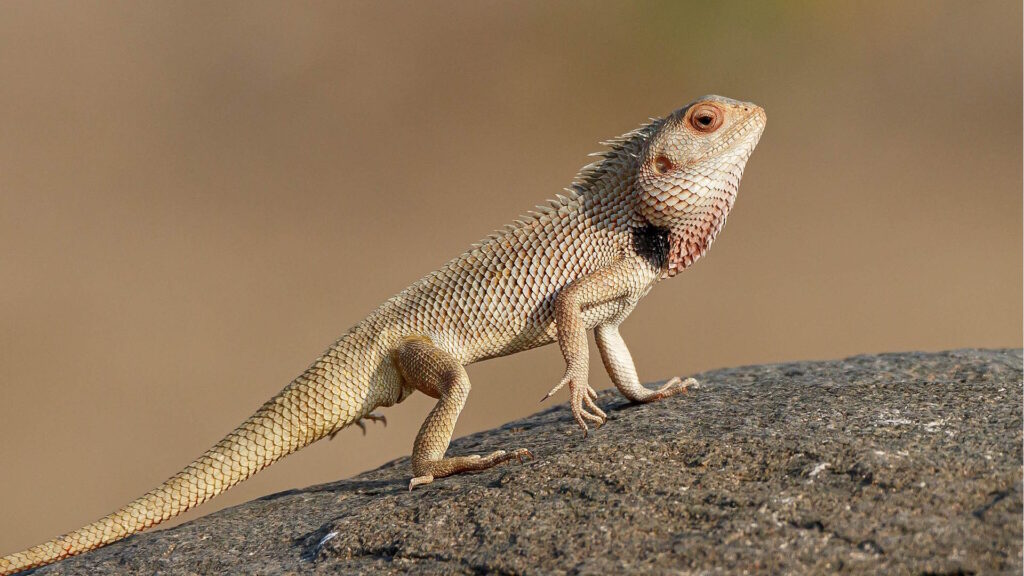
For keepers serious about optimizing their lizards’ health, a UV index meter represents one of the most valuable investments in their reptile care toolkit. These specialized devices measure the actual UVB radiation reaching various points in the enclosure, allowing for science-based adjustments to lighting setups. The Solarmeter 6.5 has become the industry standard, providing readings on the UV Index scale that directly correlates to reptile-specific guidelines. According to herpetological research, most basking lizards benefit from UVI readings between 3.0-4.0 in their basking zones, while shade-dwelling species might require only 1.0-2.0. Taking measurements at different points in the enclosure helps verify that you’re providing both adequate maximum exposure and appropriate UVB gradients. Regular metering can also identify when bulbs are beginning to fail before they drop below effective levels. While quality UV meters represent a significant investment (typically $150-220), they can prevent wasted expenditure on premature bulb replacements or ineffective lighting configurations. Many reptile clubs and experienced keepers now offer “meter lending libraries” where members can borrow devices for occasional testing.
Combining UVB with Proper Diet and Supplements
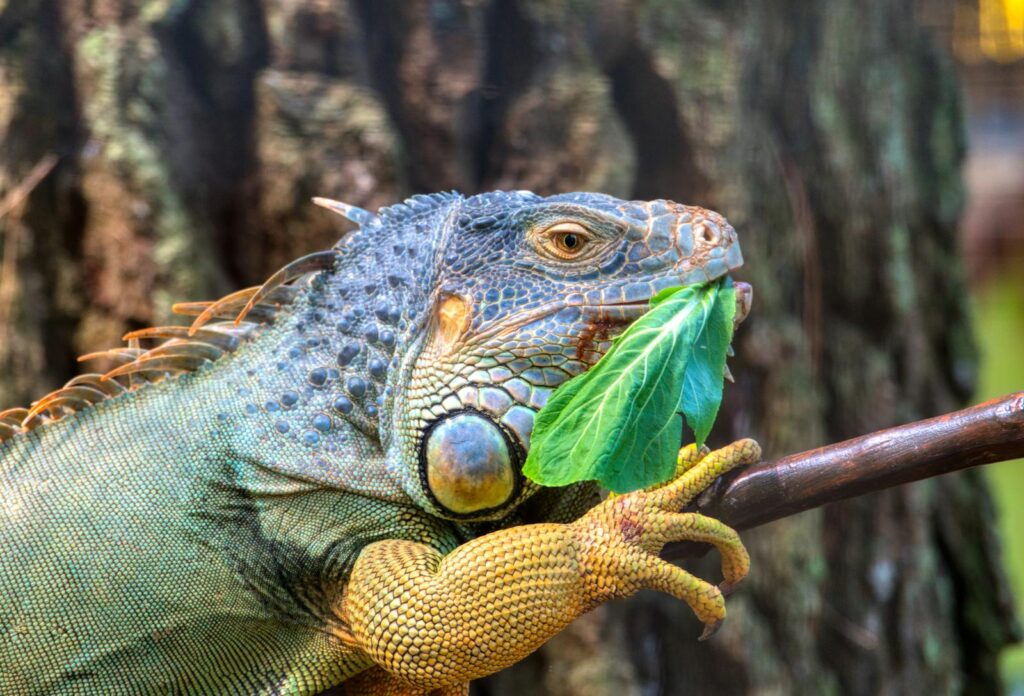
Even the perfect UVB setup cannot compensate for nutritional deficiencies, making a comprehensive approach to lizard health essential. Calcium supplementation works synergistically with UVB exposure—the UVB enables vitamin D3 synthesis, which in turn allows the lizard to properly utilize dietary calcium. Most species benefit from having their food dusted with a calcium supplement without added D3 (since they’re synthesizing their own) several times weekly, with the specific frequency varying by species, age, and reproductive status. Growing juveniles and egg-laying females typically require more frequent calcium supplementation than adult males. A comprehensive multivitamin formulated specifically for reptiles should also be used occasionally (typically once weekly) to provide trace minerals and other nutrients. Fresh, varied diets appropriate to your lizard’s natural feeding habits form the foundation of good nutrition, with supplements and UVB building upon this base. Some keepers make the mistake of thinking strong UVB eliminates the need for calcium supplementation, but even wild lizards consume calcium-rich foods and substrate to meet their requirements.
Common UVB Myths and Misconceptions
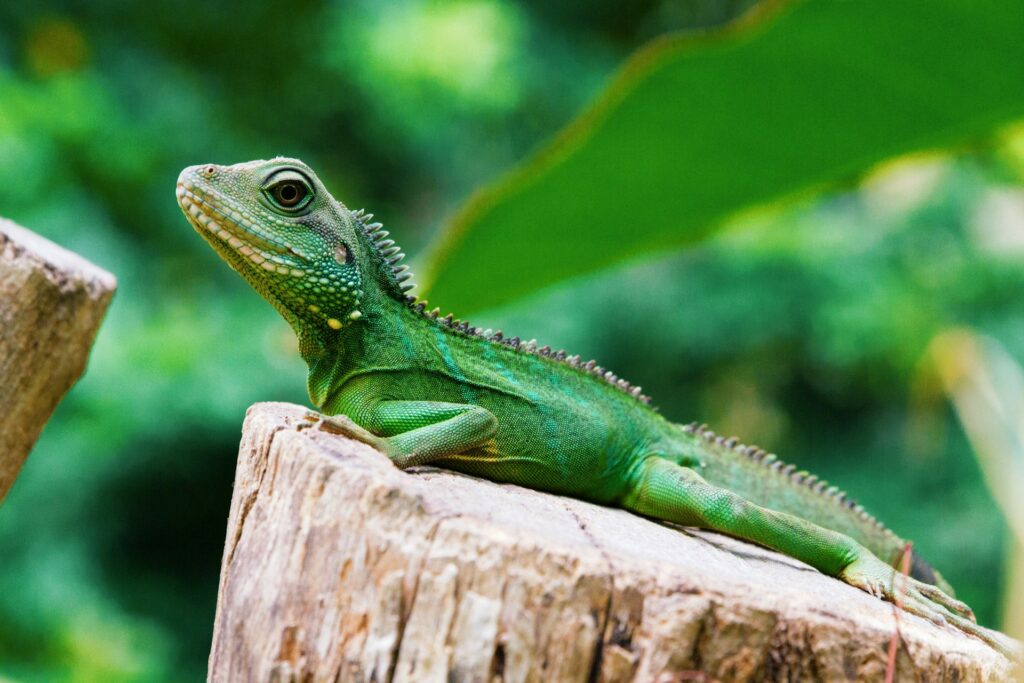
The field of reptile lighting has evolved rapidly, leaving many outdated beliefs still circulating in care guides and pet stores. One persistent myth is that UVB causes eye damage in lizards—while excessive UVB can indeed be harmful, appropriate levels are essential for health, and reptiles have evolved specialized vision adaptations to protect their eyes in their natural habitats. Another common misconception is that albino lizards cannot tolerate any UVB, when in fact most albino reptiles still require UVB but may benefit from slightly lower levels or more generous shade options. Many keepers erroneously believe that UVB passes through glass or plastic, when these materials actually block most or all UVB radiation, rendering window exposure ineffective for reptiles. Some outdated care sheets suggest nocturnal species require no UVB at all, but emerging research indicates most benefit from at least low levels, as even nocturnal species often receive brief UVB exposure during dawn and dusk in the wild. Perhaps the most dangerous myth is that vitamin D3 supplements can fully replace UVB exposure—while D3 supplements can prevent some deficiency symptoms, they don’t provide the same comprehensive benefits as natural D3 synthesis triggered by appropriate UVB exposure.
Providing proper UVB lighting is one of the most fundamental aspects of responsible lizard keeping. By understanding your specific species’ requirements, selecting appropriate equipment, and maintaining a consistent replacement schedule, you can help ensure your scaly companion enjoys optimal health, proper development, and a natural behavioral repertoire. The initial investment in quality UVB lighting and potentially a UV meter pays dividends in reduced veterinary costs and the satisfaction of seeing your lizard thrive. As research continues to refine our understanding of reptile lighting needs, staying informed through reputable herpetological resources will help you provide the best possible care for your pet lizard throughout its life.

